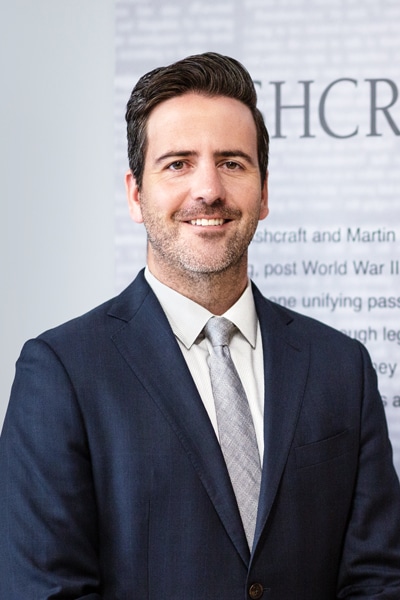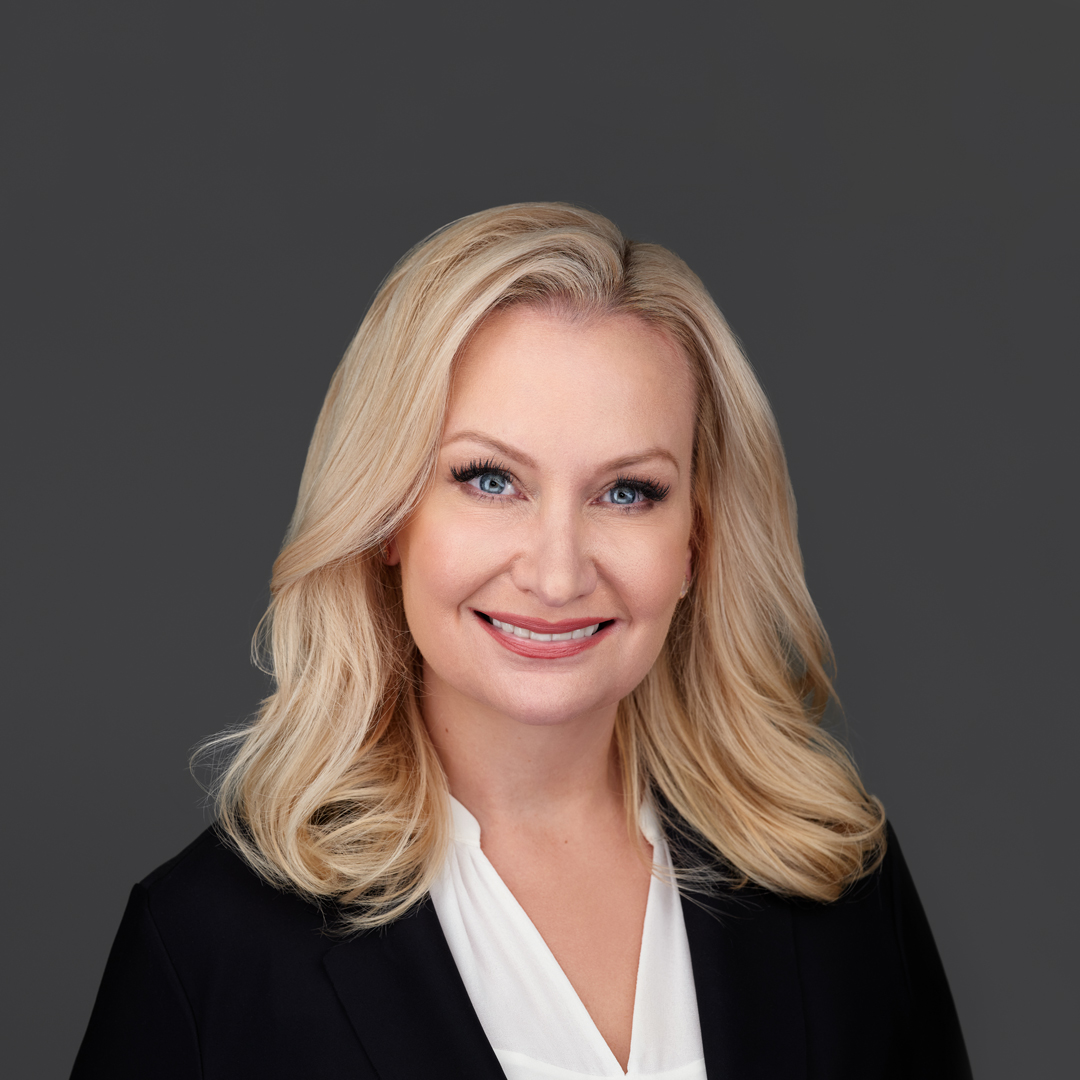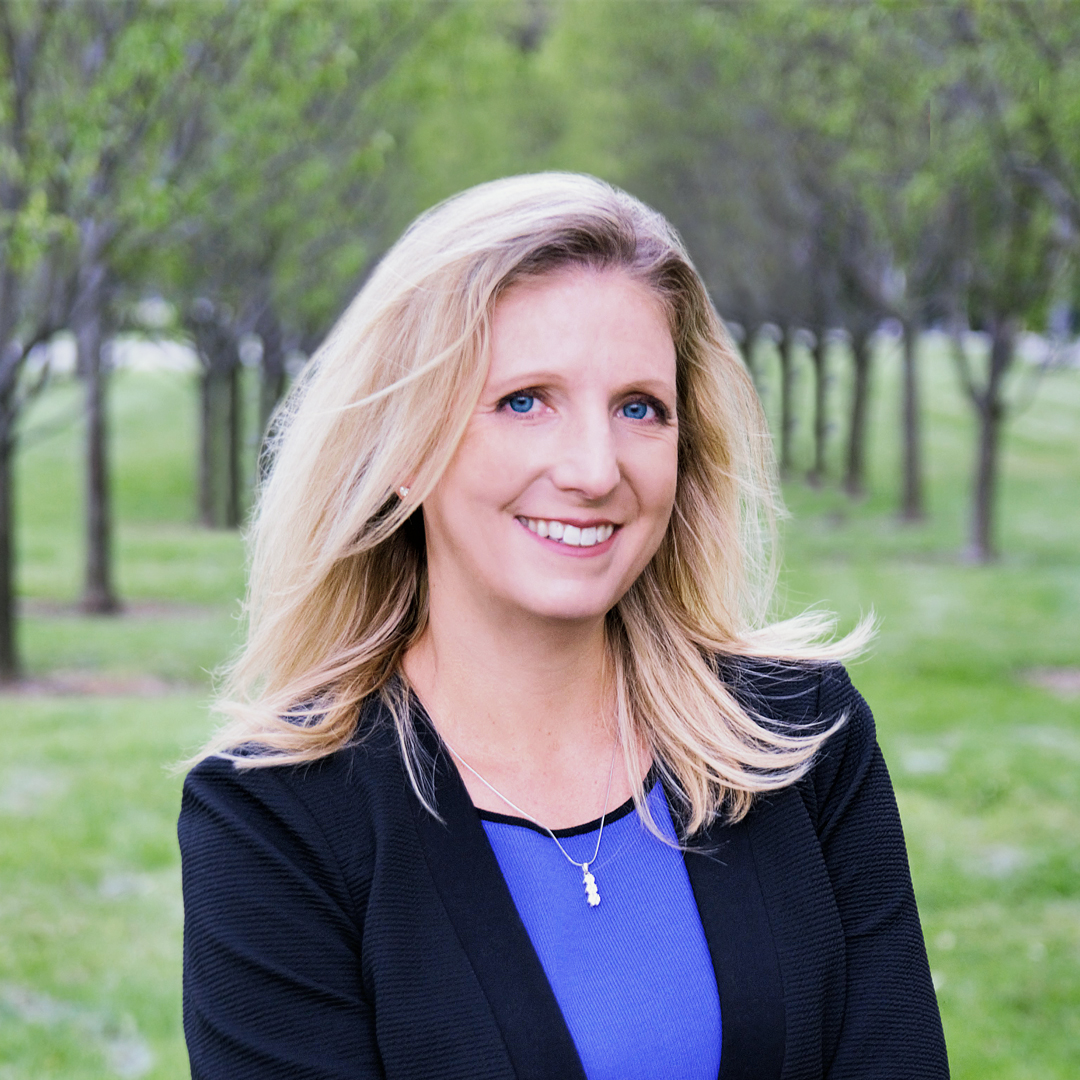Drew LaFramboise will never forget the case of the five-year-old boy who helped direct the focus of his career. As a first-year attorney, LaFramboise drove out to meet a boy whose family was bringing a product liability claim against a major multinational toy company.
The boy was wrapped in skin graft bandages and medical gauze. The battery to his ride-on toy tractor had overheated and exploded, burning much of his body. When the firm’s expert inspected the tractor, he discovered a defect. Just one year removed from the Ohio State University Moritz College of Law, LaFramboise was exposed to his first large-scale product liability case—and it left an indelible impression.
Today, LaFramboise is a partner at Ashcraft & Gerel, where he has built a reputation as a leading product liability lawyer. “We expect large companies to manufacture and provide safe products, and when they fail to do that, I’m here to hold them accountable and to make sure my clients are treated fairly along the way,” he says. LaFramboise has recovered millions of dollars for his clients, who have suffered serious injuries due to defective devices in healthcare, automotive, pharmaceutical, medical device, and other industries.
These high-stakes lawsuits are not for the faint of heart. Clients have suffered catastrophic injuries or the losses of loved ones. Manufacturers have large, well-funded legal teams. The matters are highly complex. And the contentious cases can last several years. How does LaFramboise do it? He relies on his training, his experience, and his firm. “If you know you have a great rival, you’d better be prepared,” he says. “We go up against some of the best lawyers in the world, but we believe in our clients, we know the facts, and we come ready for a fight.”
While the process is inherently adversarial, LaFramboise says it’s best to establish amicable and productive relationships with defense attorneys. “In large product litigation cases, you’re going to be working with your counterpart across the aisle for many years. Creating a good working relationship with that person is in your client’s best interest because it keeps the case moving along efficiently and effectively,” he explains.
LaFramboise starts each case by picking up the phone and introducing himself to defense counsel. He frequently extends an invitation to coffee or lunch. The approach (which is almost always well received) helps the attorneys work together to find a mutually beneficial resolution.
Candor helps. LaFramboise has been known to lay all his cards on the table and discuss the strengths and weaknesses on both sides. He’s not out to drown the defense in paperwork, grab headlines for his firm, or draw out discovery issues. He’s out to represent his client.

Winning a case against one of the world’s biggest companies is never easy. LaFramboise and his colleagues investigate each claim. They work with experts to discover how and why an injury occurred. Then they must establish a product defect, replicate the failure, and prove negligence.
LaFramboise successfully represented the husband and young child of a New York woman who was killed while operating a motor vehicle. She was driving down the highway with her infant son in the backseat when a tire broke free from a boat trailer in front of her. As the 80-pound tire struck the top of the car, a piece of the roof snapped off and killed the young woman instantly. The car careened to the side of the road, where first responders pulled the surviving infant from his car seat.
Although some may have dismissed the event as a freak accident, LaFramboise decided to look deeper. His team of experts identified a weak component of the car’s roof, which they theorized should have withstood the tire’s impact. Together, they built a pendulum system in a warehouse and tested several different automobiles. The result of months of testing was clear: the roof was defective. After four years of litigation, LaFramboise settled out of court just months before a scheduled trial.
Complex product liability cases of the kind LaFramboise handles require considerable endurance. For example, one case against the manufacturer of an insulin pump required almost nine years of hard-fought litigation before LaFramboise and his team were able to resolve the case for his injured client.
In 2017, LaFramboise decided to grow his practice in a different direction: by representing victims of sexual abuse and assault. The practice has blossomed, presenting new challenges and opportunities for LaFramboise and his firm.
“The #MeToo movement and other factors have empowered victims. As more people are comfortable coming forward to tell their stories, we want to give them a voice,” he says.
LaFramboise focuses on cases with an institutional or commercial component. He recently represented a woman who was assaulted and raped at a hotel. In bringing the case to court, he proved that the business failed in its duty to detect the signs of human trafficking and provide a safe and secure check-in process.
While sexual assault and abuse cases are relatively new for LaFramboise, they share similar dynamics with the product liability cases that have anchored the first decade of his career. Each practice area features a vulnerable person who has been wronged by a powerful entity. That entity often has unlimited resources. And the wronged party needs someone like LaFramboise standing in their corner.


